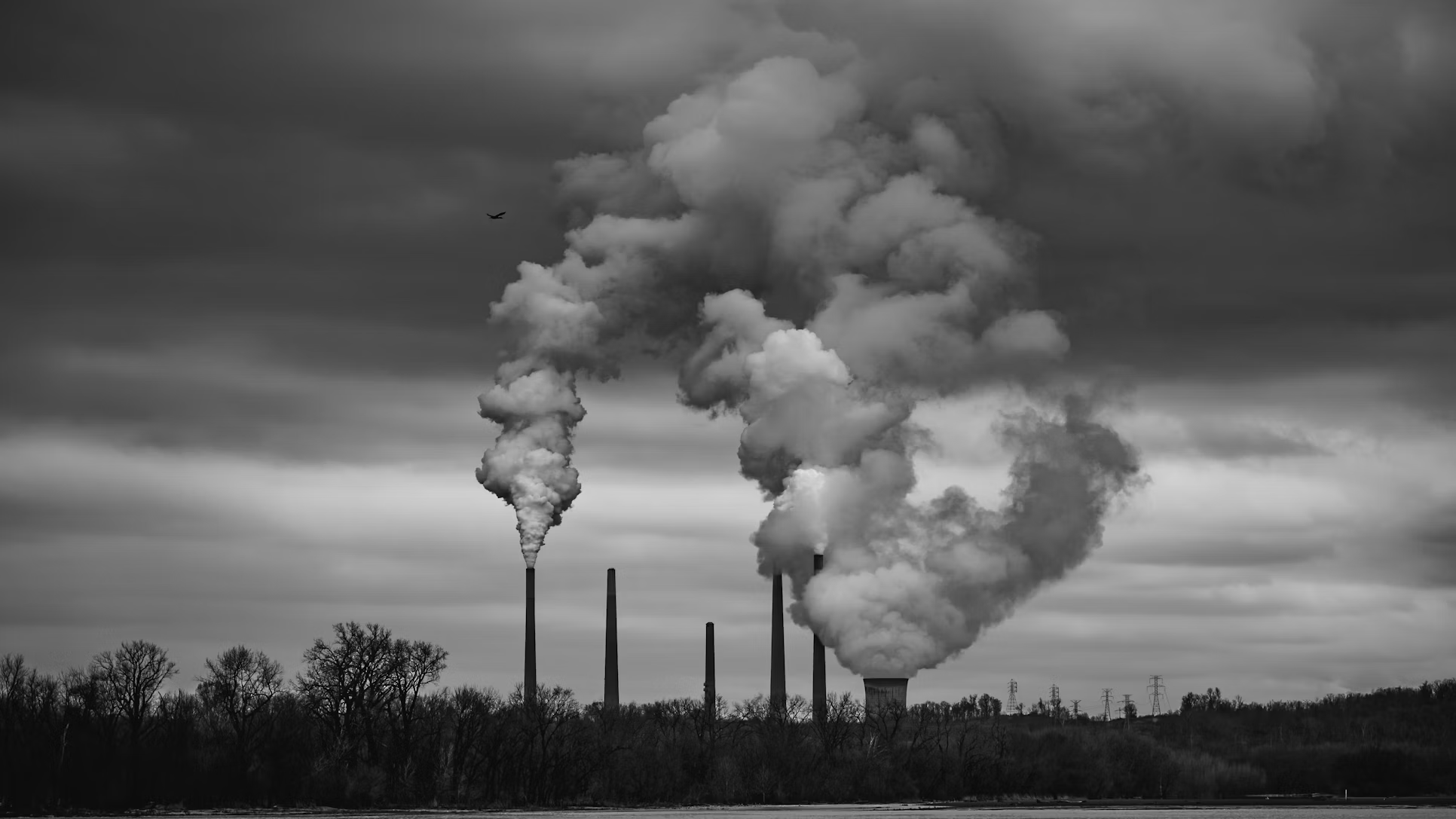Our environment plays a significant role in our health and well-being. But sometimes, the very surroundings we depend on can pose hidden dangers. Environmental hazards include a wide range of issues, from natural disasters to man-made pollutants.
While some hazards are unavoidable, many can be mitigated or even prevented altogether. In this article, we will explore the ways environmental hazards can lead to personal injury. We will also discuss the steps you can take to protect yourself and seek recourse if you’ve been harmed.
Common Environmental Hazards
Environmental hazards come in many forms. Natural hazards like floods, wildfires, and extreme weather events can cause injuries and property damage. Man-made hazards can be equally dangerous, including exposure to air and water pollution, contaminated soil, hazardous waste sites, and lead paint.
EPA states that inadequate building maintenance or improper disposal of chemicals can create indoor environmental hazards like mold growth or exposure to harmful toxins. Being aware of the potential hazards in your environment is the first step towards protecting yourself.
Health Risks of Environmental Hazards
Exposure to environmental hazards can lead to a variety of health problems. The severity of these problems depends on the type of hazard, the duration of exposure, and individual susceptibility.
Short-term exposure to air pollution can cause respiratory problems, while long-term exposure can increase the risk of chronic diseases like heart disease and cancer. Contaminated water can lead to gastrointestinal illness and other health complications.
Additionally, Cureus notes that exposure to certain chemicals and toxins can have long-term neurological effects, developmental problems, and even birth defects. Research has demonstrated that drinking tetrachloroethylene (PCE)-contaminated water as a baby can have long-term neurological consequences. Bipolar disorder, drug abuse, and PTSD were shown to have the greatest associations.
Consulting a Local Environmental Lawyer
If you believe you’ve suffered a personal injury due to environmental hazards, consulting with a local environmental lawyer is crucial. Environmental law is a complex field, and a qualified attorney can navigate the legal intricacies of your case.
They can help determine if a liable party exists, gather evidence to support your claim, and fight for the compensation you deserve. An environmental lawyer will also be familiar with local regulations and environmental agencies, increasing your chances of a successful outcome.
Take Atlanta, for example, a thriving metropolis in the southeastern United States. While Atlanta boasts a vibrant culture and economic opportunities, it also faces environmental challenges. Residents may be exposed to air pollution exceeding recommended levels, particularly during ozone season.
Additionally, outdated sewage infrastructure in certain areas can lead to overflows and pose a risk of waterborne illness. According to NIH, some common water-related illnesses are giardiasis, diarrhea, typhoid fever, dysentery, and salmonellosis.
These are just a few examples of how environmental hazards can manifest in Atlanta, potentially causing respiratory problems or skin irritation. If you suspect your health has been negatively impacted by environmental factors in Atlanta, seeking legal counsel from Atlanta personal injury attorneys is essential.
According to Atlanta Personal Injury Law Firm, local lawyers are experienced in handling cases involving a variety of personal injuries. This includes claims related to car accidents, slips and falls, environmental law, medical malpractice, and workplace injuries. Their expertise extends to understanding the nuances of Georgia’s personal injury laws and how they apply to different situations.
Preventing Environmental Injuries
Many environmental injuries are preventable. Staying informed about local environmental hazards is a crucial first step. You can check with your local environmental agency or public health department for information on air quality and water safety.
Additionally, taking precautions to minimize exposure is vital. This may include wearing protective gear when working outdoors, filtering your drinking water, and avoiding areas known to be contaminated. By taking proactive steps to reduce your exposure, you can significantly reduce your risk of environmental injury.
FAQs
What are environmental injuries and illnesses?
These result from exposure to harmful environmental factors, including pollutants, chemicals, and physical hazards. Common examples include respiratory issues from air pollution and skin conditions from chemical exposure. Preventing these conditions requires reducing exposure to harmful substances.
What is the role of an environmental lawyer?
Environmental lawyers specialize in laws regulating environmental protection and public health. They advocate for stricter regulations, represent clients in legal disputes, and ensure compliance with environmental laws. Their work aims to safeguard natural resources and public health.
How can we prevent environmental diseases?
Prevention involves reducing exposure to pollutants, promoting clean energy, and ensuring proper waste management. Public awareness and policy implementation play crucial roles. Regular monitoring and enforcing regulations can significantly lower the incidence of environmental diseases.
The environment can pose a significant threat to our health, causing injuries ranging from respiratory problems to skin irritation and even chronic diseases. While some environmental hazards are unavoidable, many can be mitigated through awareness and preventative measures.
Staying informed about local environmental issues, minimizing exposure to pollutants, and advocating for stricter environmental regulations are all crucial steps in protecting ourselves. We can safeguard our health and ensure a cleaner, healthier future for all by taking a proactive approach.

